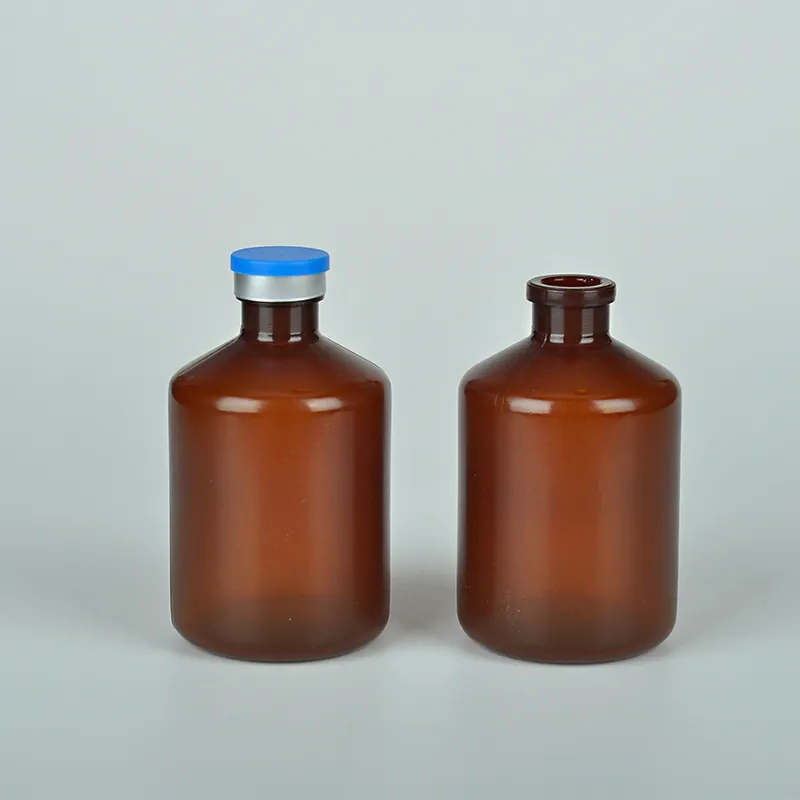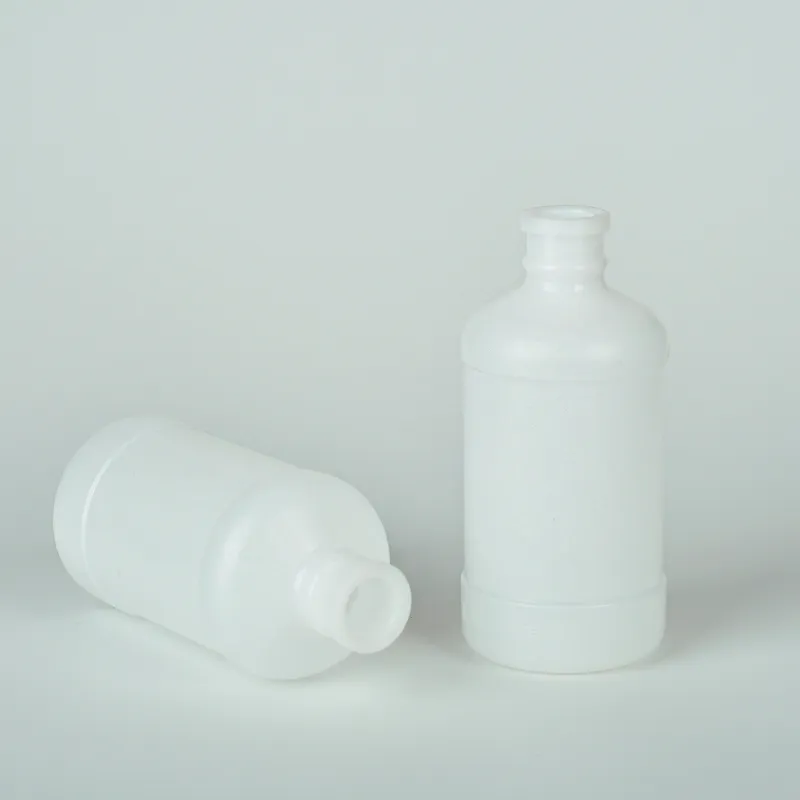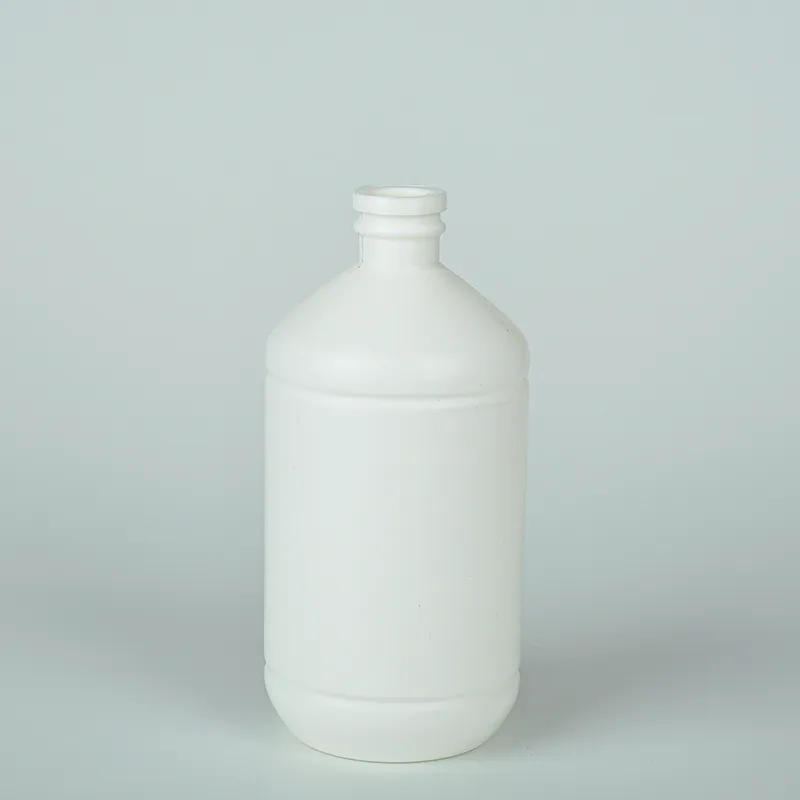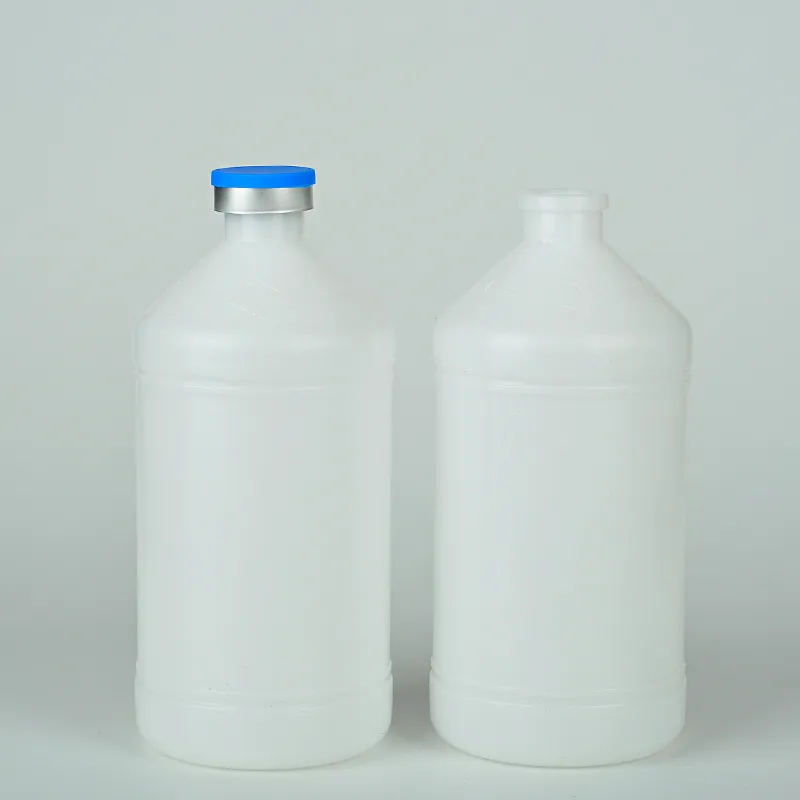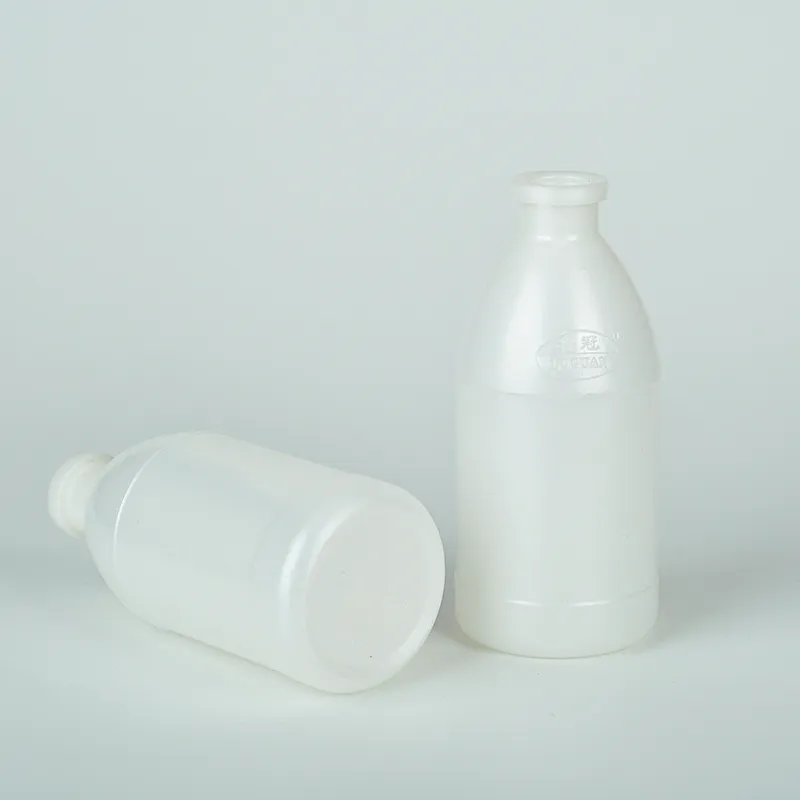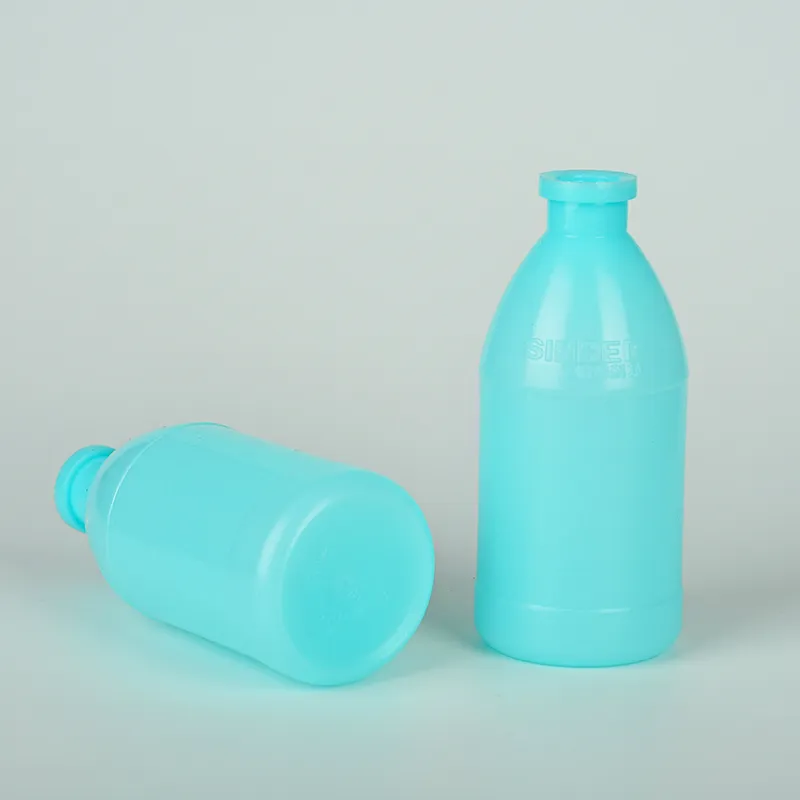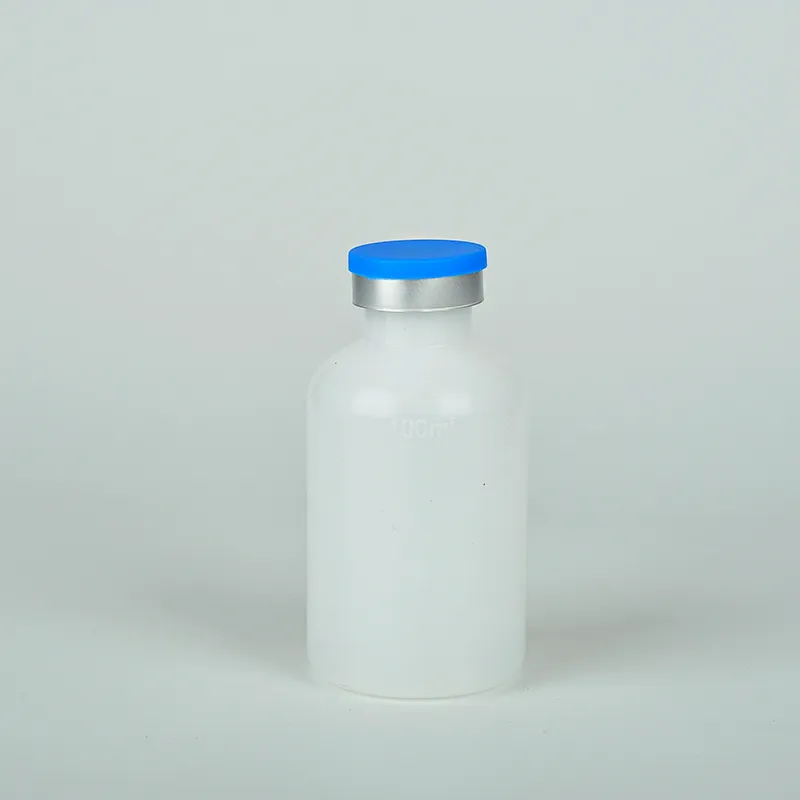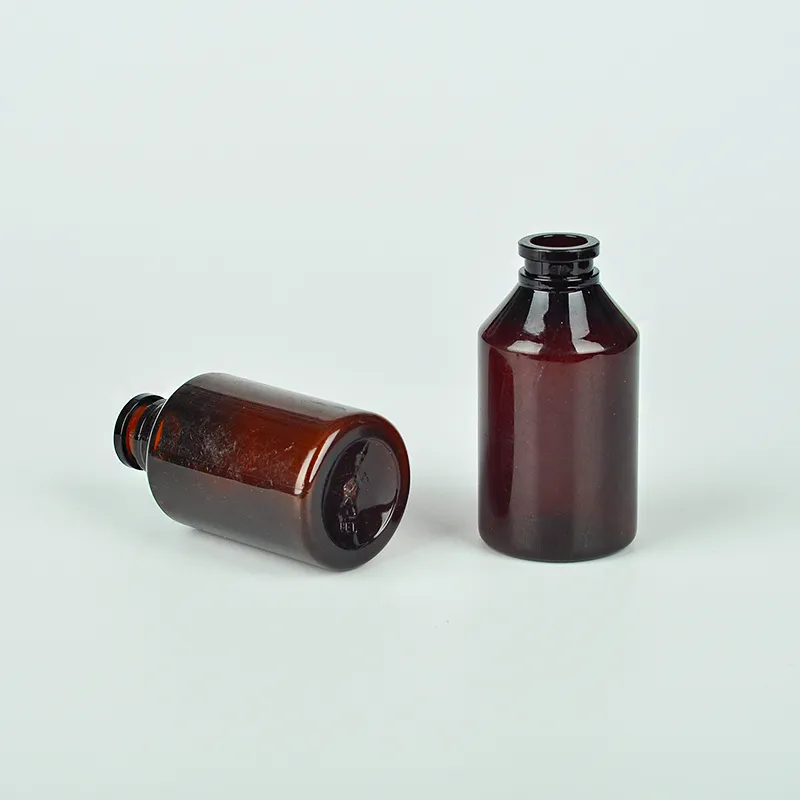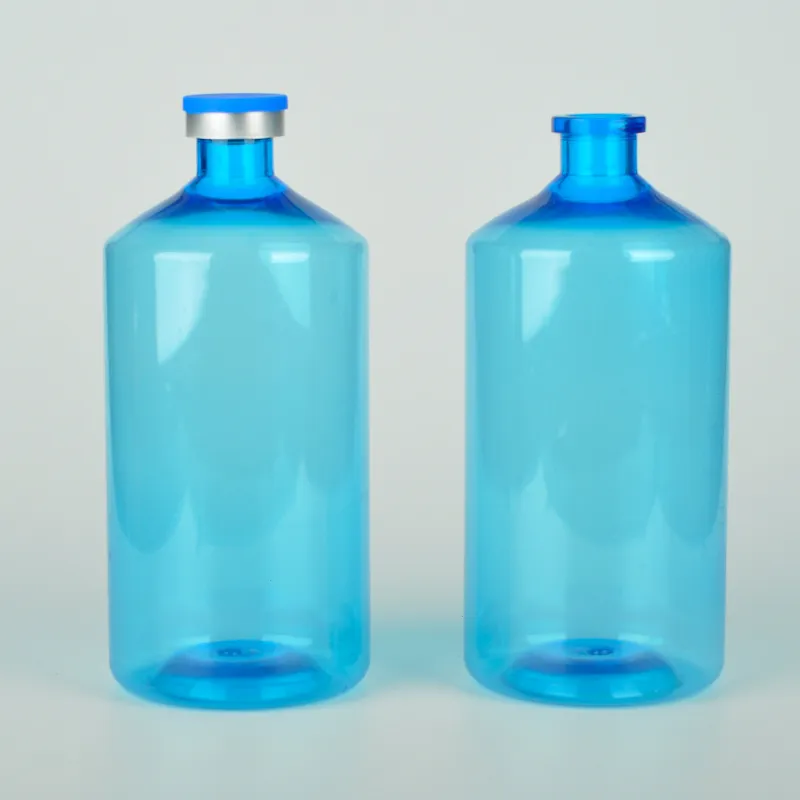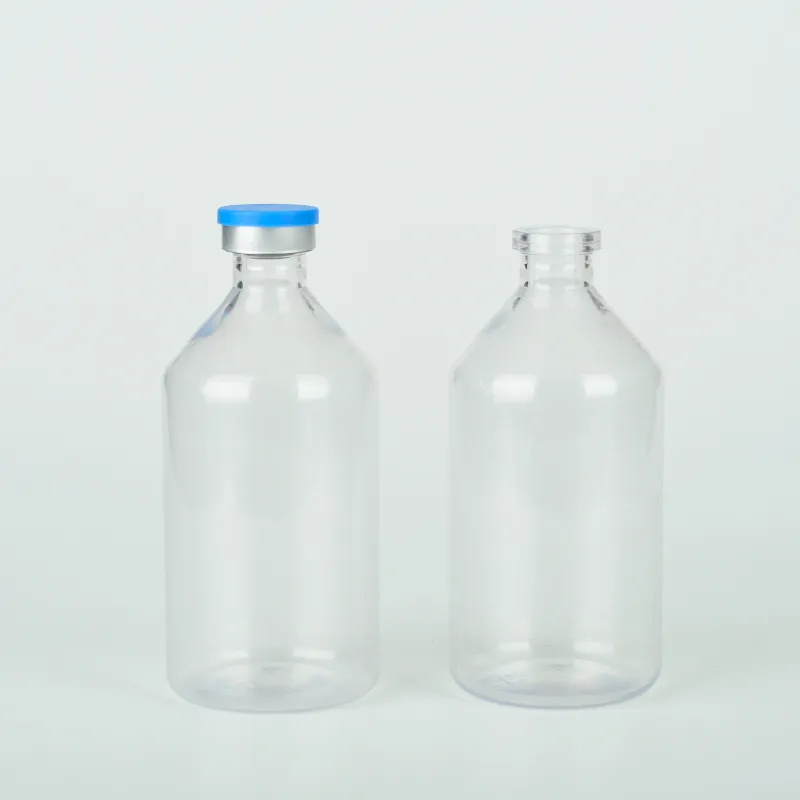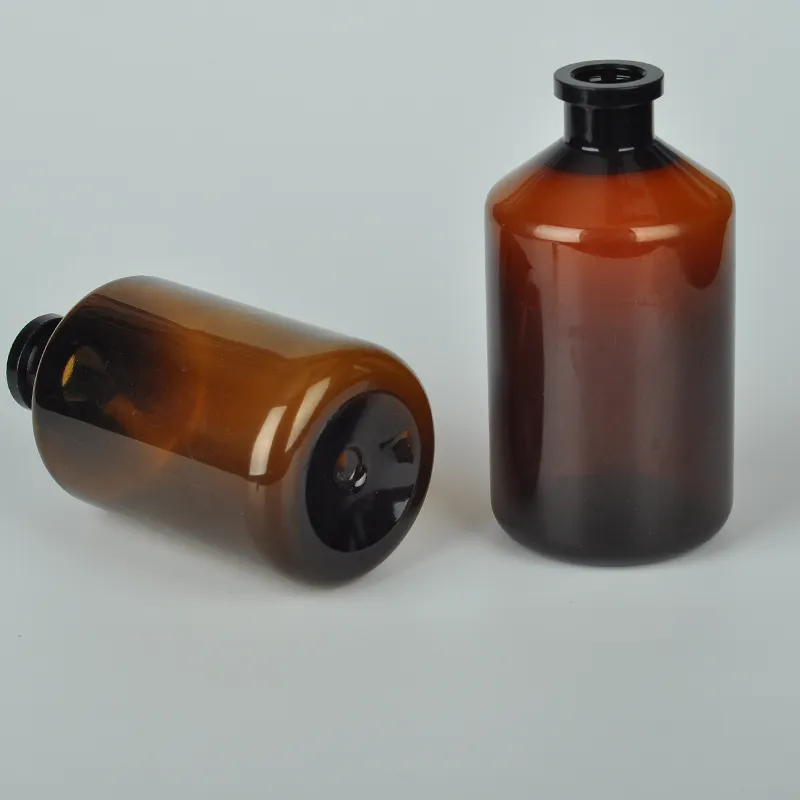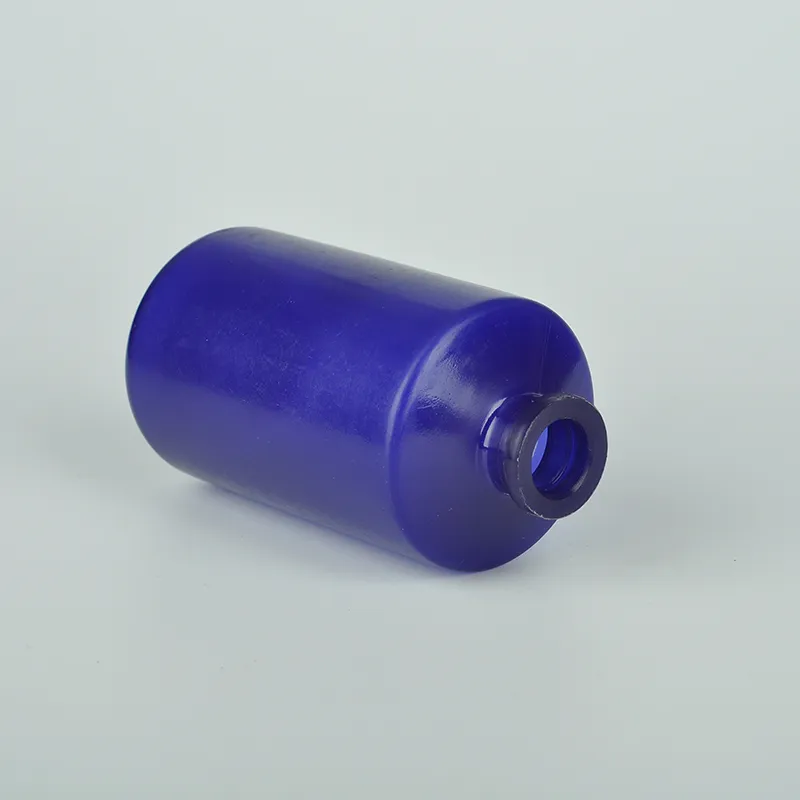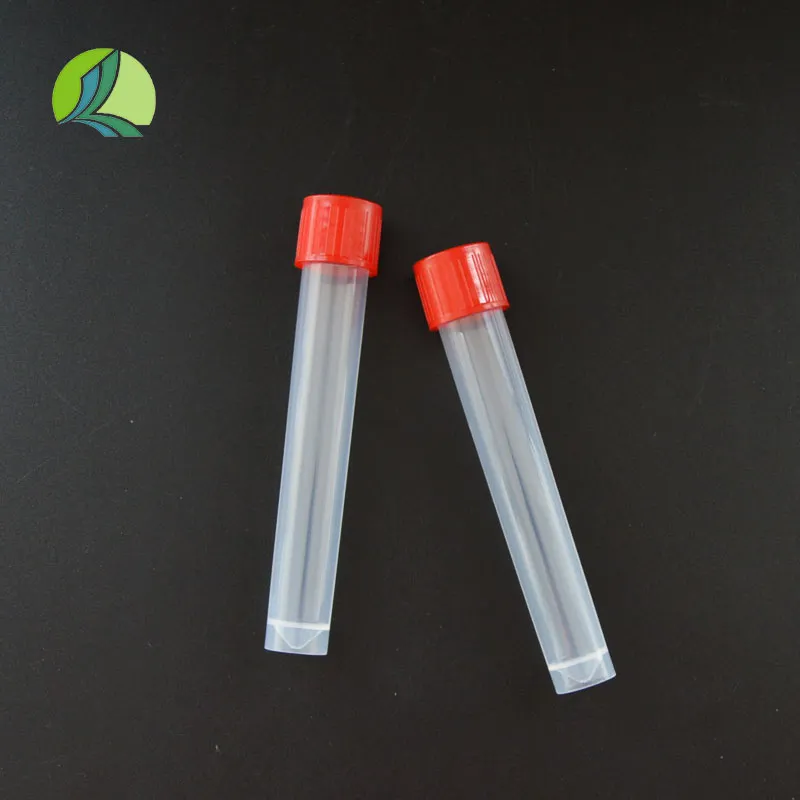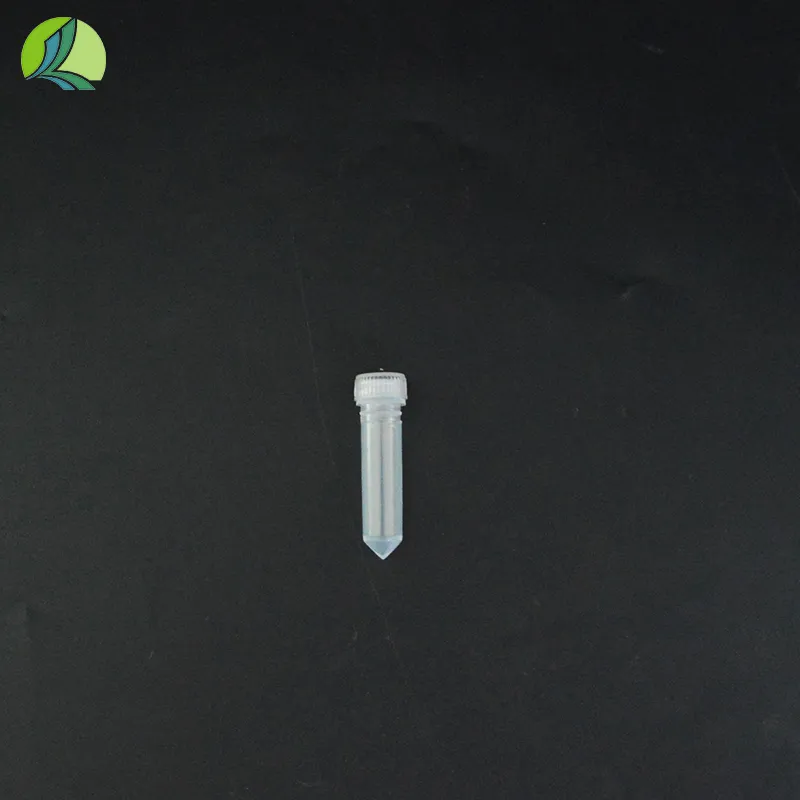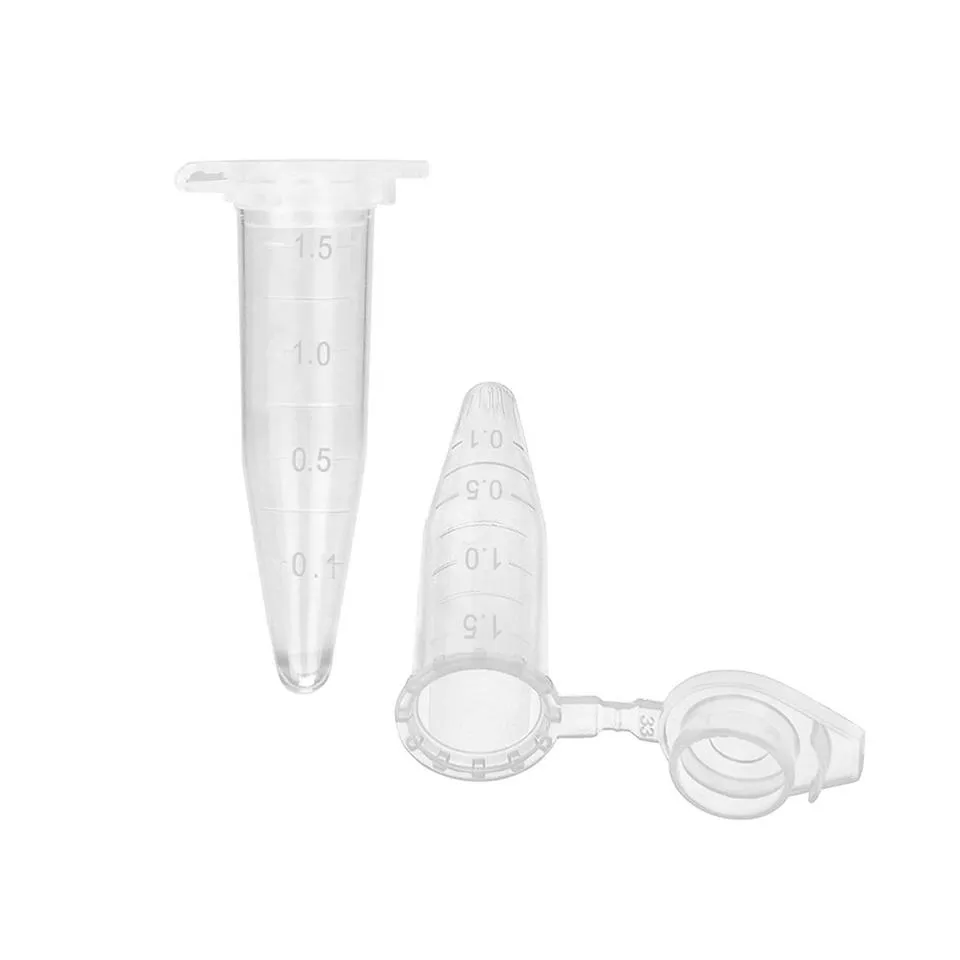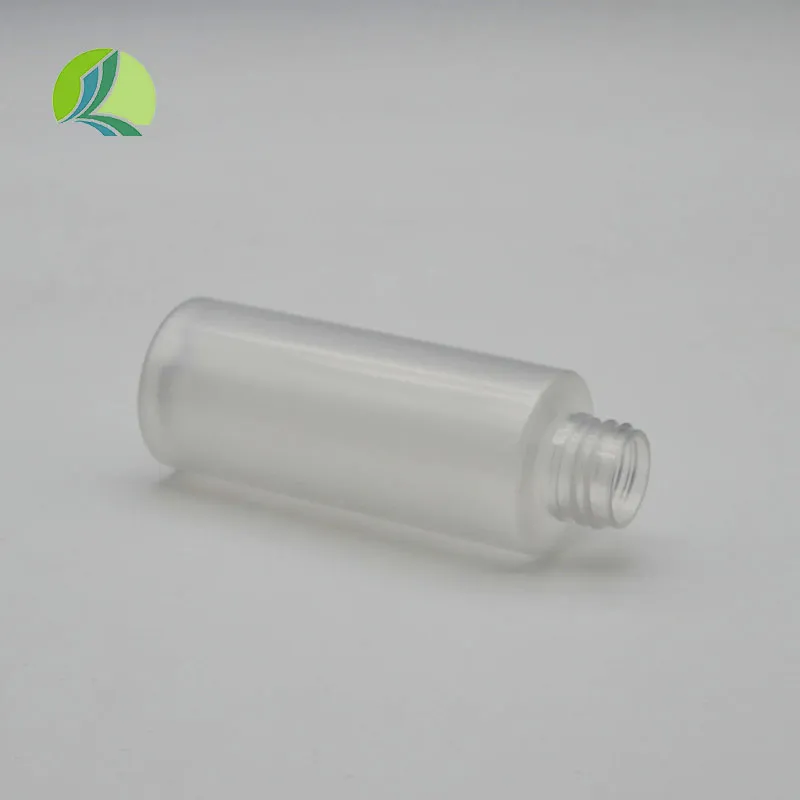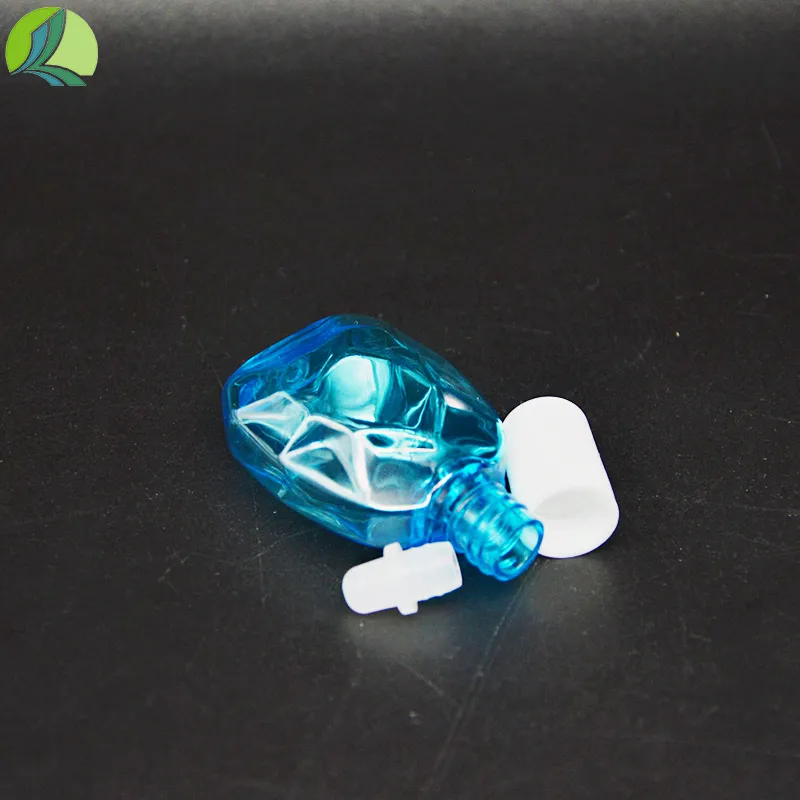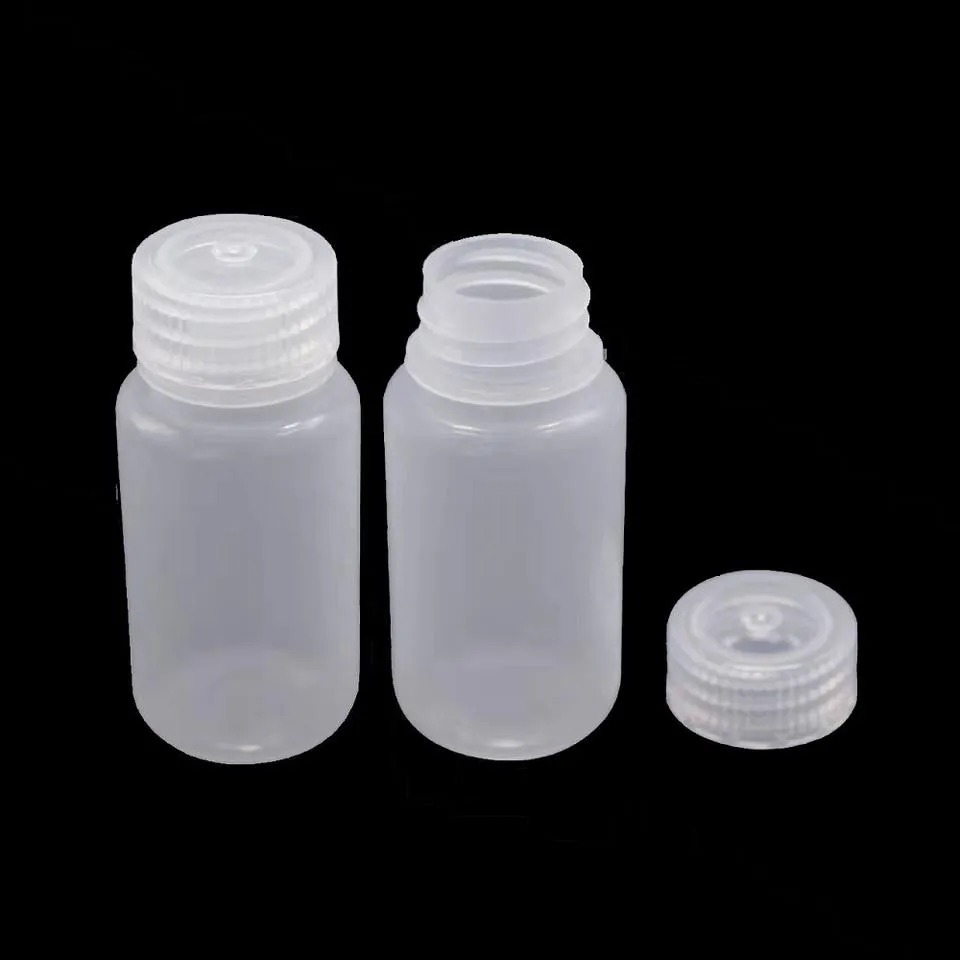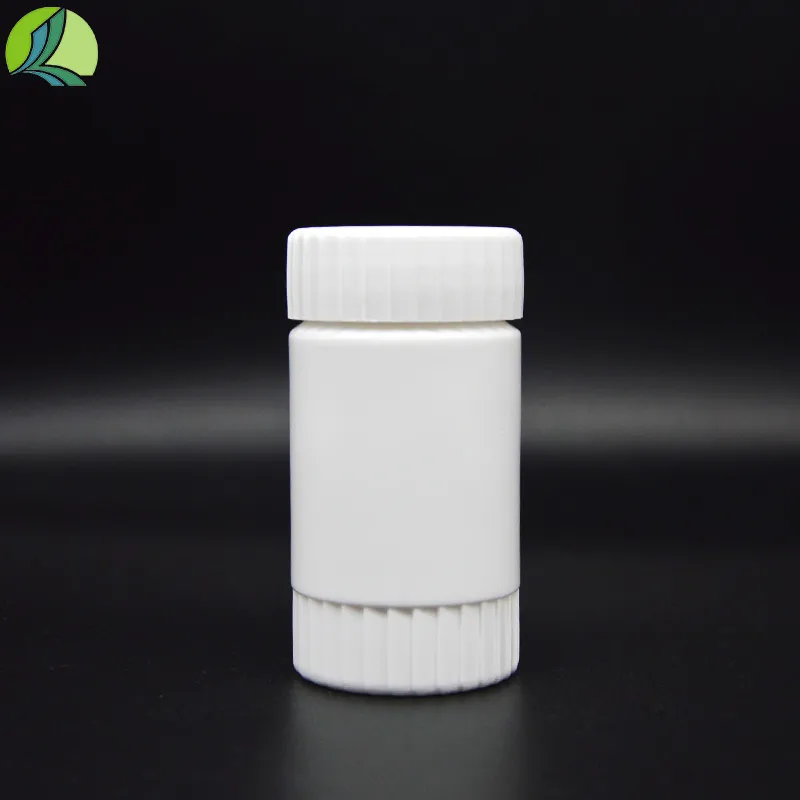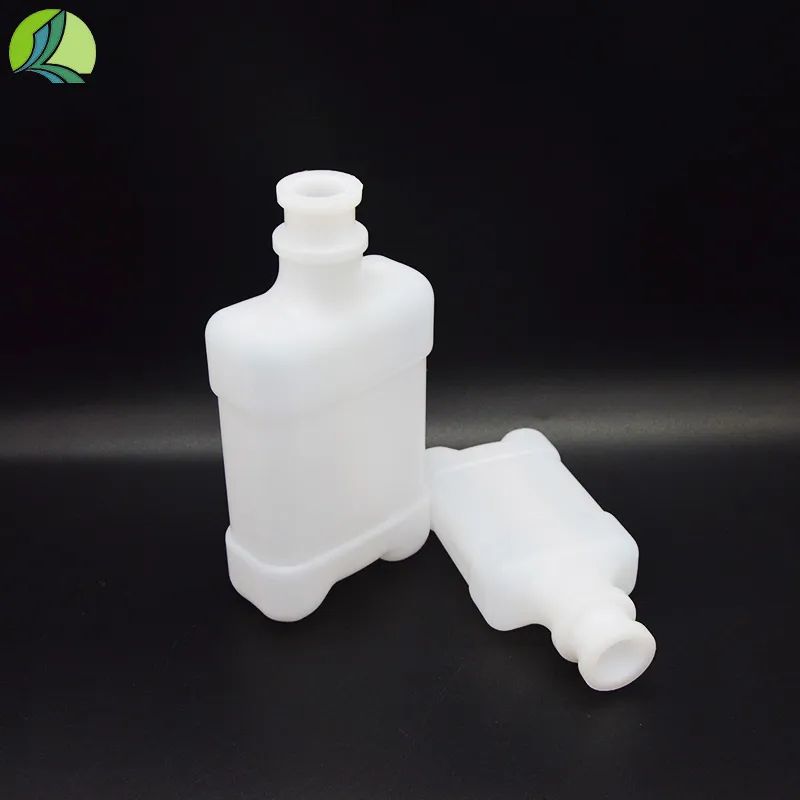
-
 Afrikaans
Afrikaans -
 Albanian
Albanian -
 Amharic
Amharic -
 Arabic
Arabic -
 Armenian
Armenian -
 Azerbaijani
Azerbaijani -
 Basque
Basque -
 Belarusian
Belarusian -
 Bengali
Bengali -
 Bosnian
Bosnian -
 Bulgarian
Bulgarian -
 Catalan
Catalan -
 Cebuano
Cebuano -
 Corsican
Corsican -
 Croatian
Croatian -
 Czech
Czech -
 Danish
Danish -
 Dutch
Dutch -
 English
English -
 Esperanto
Esperanto -
 Estonian
Estonian -
 Finnish
Finnish -
 French
French -
 Frisian
Frisian -
 Galician
Galician -
 Georgian
Georgian -
 German
German -
 Greek
Greek -
 Gujarati
Gujarati -
 Haitian Creole
Haitian Creole -
 hausa
hausa -
 hawaiian
hawaiian -
 Hebrew
Hebrew -
 Hindi
Hindi -
 Miao
Miao -
 Hungarian
Hungarian -
 Icelandic
Icelandic -
 igbo
igbo -
 Indonesian
Indonesian -
 irish
irish -
 Italian
Italian -
 Japanese
Japanese -
 Javanese
Javanese -
 Kannada
Kannada -
 kazakh
kazakh -
 Khmer
Khmer -
 Rwandese
Rwandese -
 Korean
Korean -
 Kurdish
Kurdish -
 Kyrgyz
Kyrgyz -
 Lao
Lao -
 Latin
Latin -
 Latvian
Latvian -
 Lithuanian
Lithuanian -
 Luxembourgish
Luxembourgish -
 Macedonian
Macedonian -
 Malgashi
Malgashi -
 Malay
Malay -
 Malayalam
Malayalam -
 Maltese
Maltese -
 Maori
Maori -
 Marathi
Marathi -
 Mongolian
Mongolian -
 Myanmar
Myanmar -
 Nepali
Nepali -
 Norwegian
Norwegian -
 Norwegian
Norwegian -
 Occitan
Occitan -
 Pashto
Pashto -
 Persian
Persian -
 Polish
Polish -
 Portuguese
Portuguese -
 Punjabi
Punjabi -
 Romanian
Romanian -
 Russian
Russian -
 Samoan
Samoan -
 Scottish Gaelic
Scottish Gaelic -
 Serbian
Serbian -
 Sesotho
Sesotho -
 Shona
Shona -
 Sindhi
Sindhi -
 Sinhala
Sinhala -
 Slovak
Slovak -
 Slovenian
Slovenian -
 Somali
Somali -
 Spanish
Spanish -
 Sundanese
Sundanese -
 Swahili
Swahili -
 Swedish
Swedish -
 Tagalog
Tagalog -
 Tajik
Tajik -
 Tamil
Tamil -
 Tatar
Tatar -
 Telugu
Telugu -
 Thai
Thai -
 Turkish
Turkish -
 Turkmen
Turkmen -
 Ukrainian
Ukrainian -
 Urdu
Urdu -
 Uighur
Uighur -
 Uzbek
Uzbek -
 Vietnamese
Vietnamese -
 Welsh
Welsh -
 Bantu
Bantu -
 Yiddish
Yiddish -
 Yoruba
Yoruba -
 Zulu
Zulu
The Essential Guide to Plastic Medicine Bottles: Safety, Manufacturing, and Applications
Plastic medicine bottles have become a cornerstone in pharmaceutical packaging due to their versatility, safety, and convenience. These containers are specifically engineered to meet the rigorous standards of medical storage, providing excellent protection for both oral solid drugs like tablets and capsules, as well as liquid medications such as syrups and tinctures. Crafted primarily from high-quality plastics like polyethylene (PE), polypropylene (PP), and polyethylene terephthalate (PET), plastic medicine bottles offer outstanding durability, moisture resistance, and sealing performance, making them ideal for pharmaceutical applications.
Compared to other hollow plastic containers, plastic medicine bottles possess unique features tailored for the medical field. They come ready for use without requiring additional cleaning or drying, ensuring hygiene and compliance with strict health regulations. Their excellent sealing properties prevent contamination and preserve the efficacy of medications, making them indispensable in healthcare and pharmacy settings worldwide.
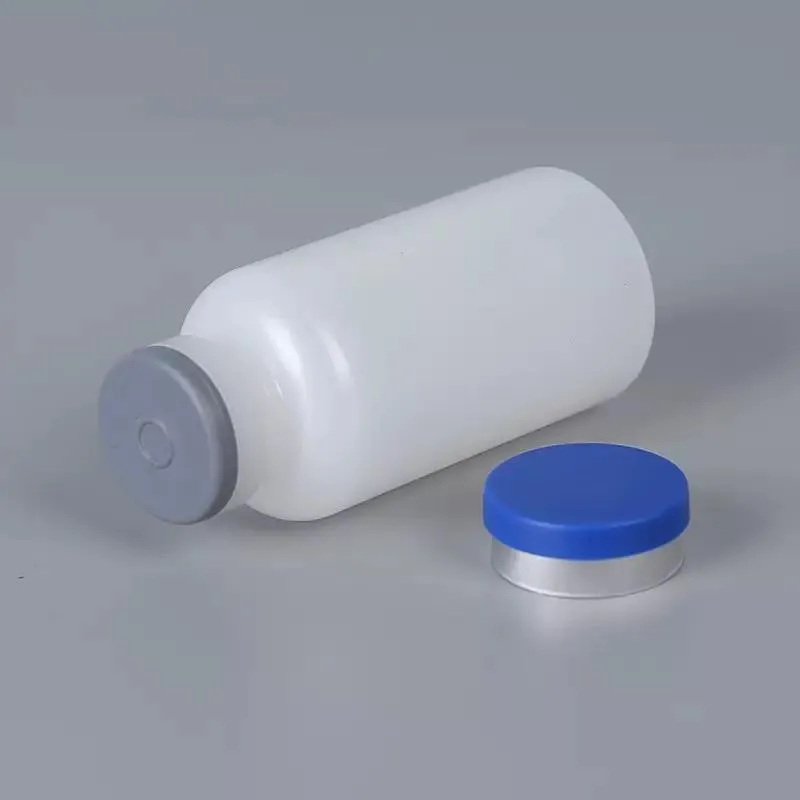
Plastic Medicine Bottle Manufacturers and Their Role in Quality Assurance
The market for plastic medicine bottle manufacturers is characterized by a commitment to safety, innovation, and regulatory compliance. These manufacturers specialize in producing bottles that meet stringent pharmaceutical standards such as FDA and USP guidelines. Using materials like PE, PP, and PET, manufacturers create bottles that are not only resistant to breakage but also offer exceptional moisture-proof and sealing capabilities.
Leading manufacturers integrate advanced technologies such as injection molding and blow molding to ensure uniformity and precision in each bottle. They often provide customized options including tamper-evident caps, child-resistant closures, and various sizes to suit different medication types. Working closely with pharmaceutical companies, plastic medicine bottle manufacturers ensure that their products support medication stability and patient safety throughout the supply chain.
Moreover, manufacturers focus on sustainability by adopting recyclable materials and eco-friendly production methods, responding to growing environmental concerns within the healthcare sector. The collaboration between manufacturers and pharmaceutical companies is vital for delivering reliable packaging solutions that uphold medicine integrity from production to patient use.
Understanding What a Medicine Bottle Is Called in the Pharmaceutical Industry
In everyday language, a medicine bottle refers to any container used for storing medications, but within the pharmaceutical industry, the terminology is more specific. These containers are often called pharmaceutical bottles, drug bottles, or medicinal plastic bottles depending on their design and function.
For solid medications, terms like pill bottles or tablet bottles are common, while bottles designed for liquids might be referred to as syrup bottles or tincture bottles. The industry distinguishes between primary packaging (the container directly holding the medication) and secondary packaging (boxes, blister packs) used for additional protection and information.
Despite the variations in terminology, the fundamental purpose remains the same: to provide a safe, hygienic, and convenient container that maintains the medication’s stability and efficacy. Recognizing these terms helps consumers and professionals alike navigate pharmaceutical products with greater clarity.
Plastic Pill Bottles: Features and Benefits for Medication Storage
A significant subset of plastic medicine bottles is the plastic pill bottles, specially designed for storing oral solid medications such as tablets and capsules. These bottles combine durability with user-friendly features, making them ideal for both pharmacies and patients.
The materials used—typically PE, PP, or PET—ensure the bottles are lightweight yet resistant to impacts and moisture, critical factors in preserving pill quality. They come equipped with secure closures, including child-resistant caps to prevent accidental ingestion, and tamper-evident seals to guarantee medication safety.
Additionally, plastic pill bottles are designed for convenience. Their sizes vary widely, enabling accurate dispensing of prescription quantities and reducing medication waste. The clear versions of these bottles, known as clear pill bottles, provide the added benefit of visibility, allowing patients to easily identify their medication without opening the container.
The combination of safety features, chemical resistance, and convenience makes plastic pill bottles a preferred choice in both clinical and home settings.
Clear Pill Bottles: Transparency for Safety and Convenience
Clear pill bottles have grown increasingly popular because they offer an immediate visual check on the contents without compromising safety. Made from transparent medical-grade plastics, these bottles combine the advantages of durability and chemical resistance with the added benefit of content visibility.
Transparency helps pharmacists and patients quickly identify medication type and quantity, reducing the risk of dosage errors. This feature is particularly useful in settings where multiple medications are managed, such as hospitals, clinics, and home care.
Despite their clear appearance, these bottles maintain strong sealing properties, often including child-resistant caps and tamper-evident features. The balance between visibility and safety makes clear pill bottles an excellent option for medication storage, providing peace of mind for healthcare professionals and patients alike.
Medicine Bottle Manufacturer FAQs
What materials are commonly used for plastic medicine bottles?
Plastic medicine bottles are generally made from polyethylene (PE), polypropylene (PP), and polyethylene terephthalate (PET). These materials are selected for their chemical resistance, durability, and ability to form tight seals, which are essential for protecting medications from contamination and degradation. They are also lightweight and shatterproof, which improves safety during handling and transportation.
What is a medicine bottle called in pharmaceutical terms?
In pharmaceutical terminology, a medicine bottle can be referred to as a pharmaceutical bottle, drug bottle, or medicinal plastic bottle. For solid medications, they are often called pill bottles or tablet bottles. The exact name depends on the medication type and packaging design, but all terms denote containers designed for safe medication storage.
How do plastic pill bottles ensure medication safety?
Plastic pill bottles incorporate several safety features such as child-resistant caps that require specific actions to open, preventing accidental ingestion by children. Tamper-evident seals provide evidence if a bottle has been opened or altered. The plastic materials used also protect pills from moisture and light, helping maintain their effectiveness over time.
What are the benefits of using clear pill bottles?
Clear pill bottles offer the advantage of visibility, allowing users and healthcare providers to quickly identify the medication and check remaining quantities without opening the container. This reduces the risk of errors and contamination. Clear bottles also maintain essential safety features like tamper-evident seals and child-resistant caps.
How do plastic medicine bottle manufacturers ensure quality?
Manufacturers follow strict pharmaceutical standards such as those set by the FDA and USP. They use advanced molding techniques and quality control processes to produce bottles with consistent dimensions, strong seals, and chemical resistance. Many also offer customization for specific medication needs, including specialized closures and labeling options, ensuring that the bottles meet both safety and functional requirements.
-
Understanding Reagent Bottles: Essential Tools for Chemistry and Laboratory UseNewsJul.29,2025
-
The Essential Role of Plastic Vaccine Vials in Modern HealthcareNewsJul.29,2025
-
Spray Bottle: A Versatile Tool for Everyday UseNewsJul.29,2025
-
Screw Cap Reagent Bottles: Reliable Storage Solutions for Laboratory UseNewsJul.29,2025
-
Reliable Medicine Bottles: Ensuring Safety and Convenience in Medication StorageNewsJul.29,2025



